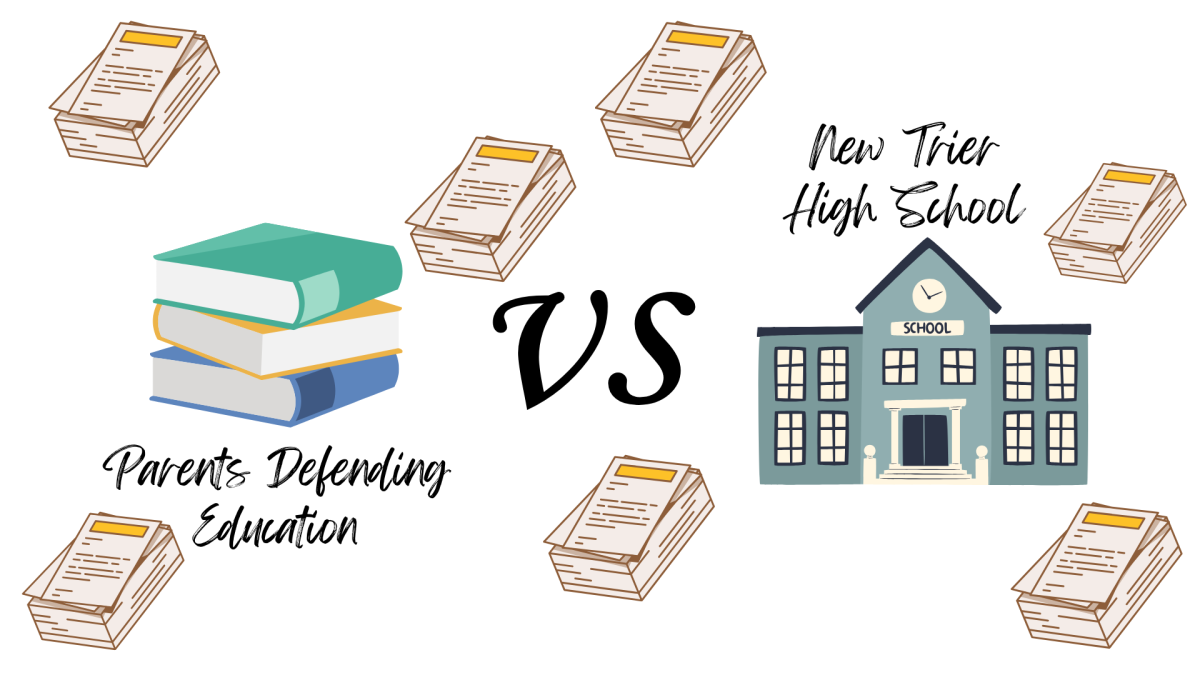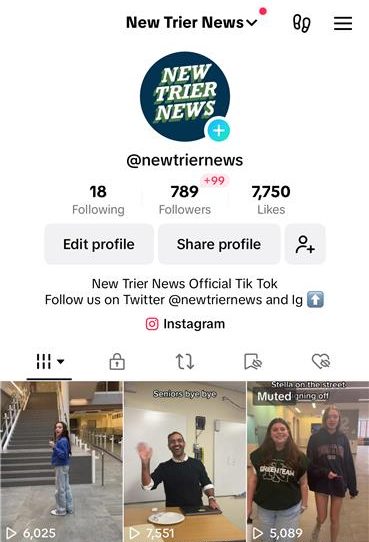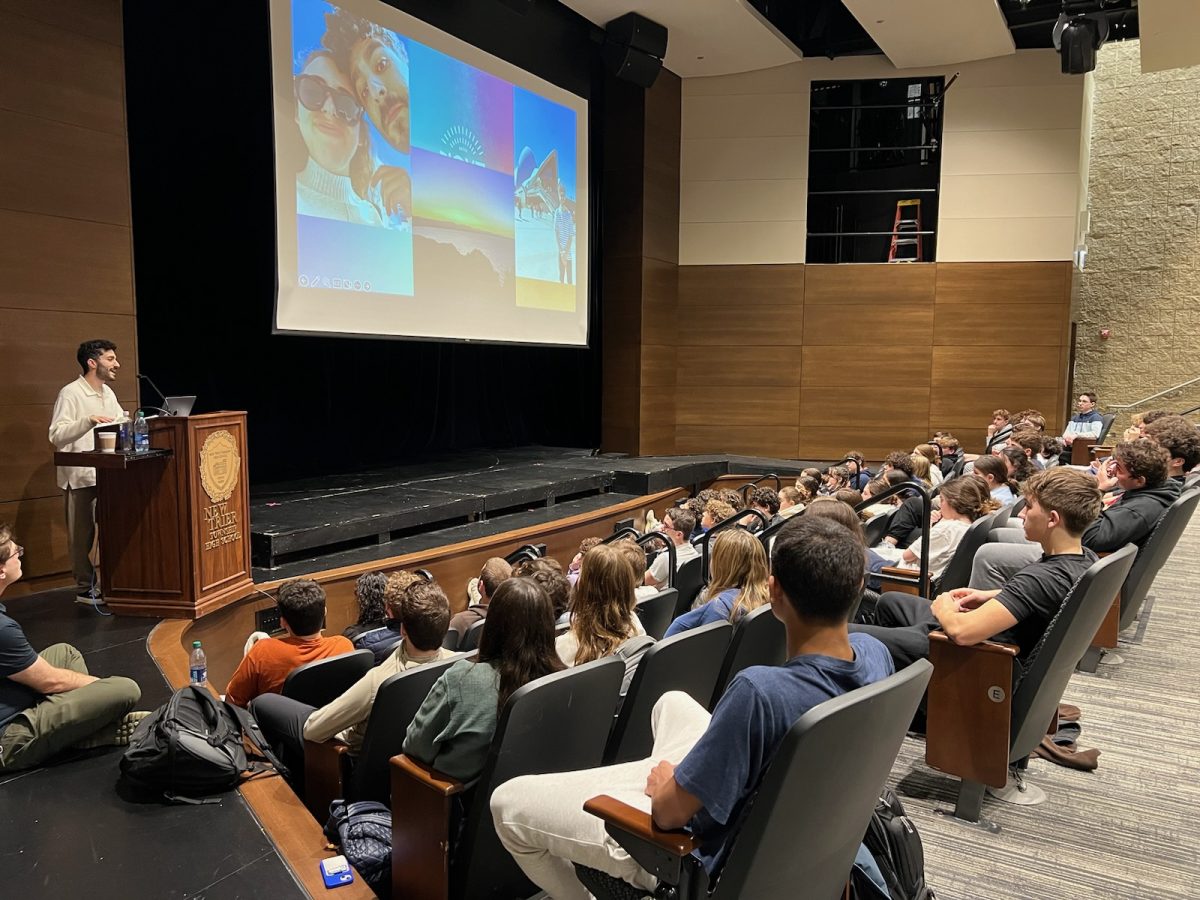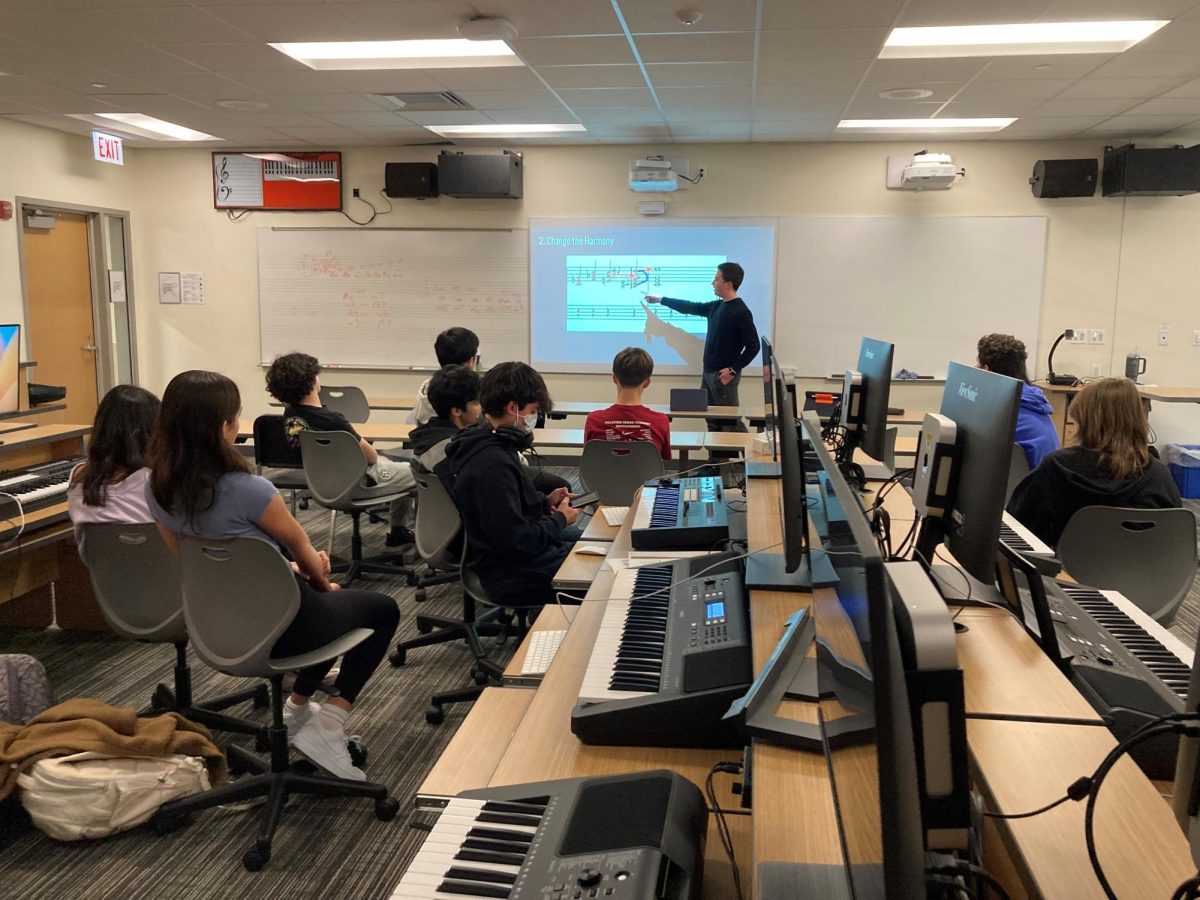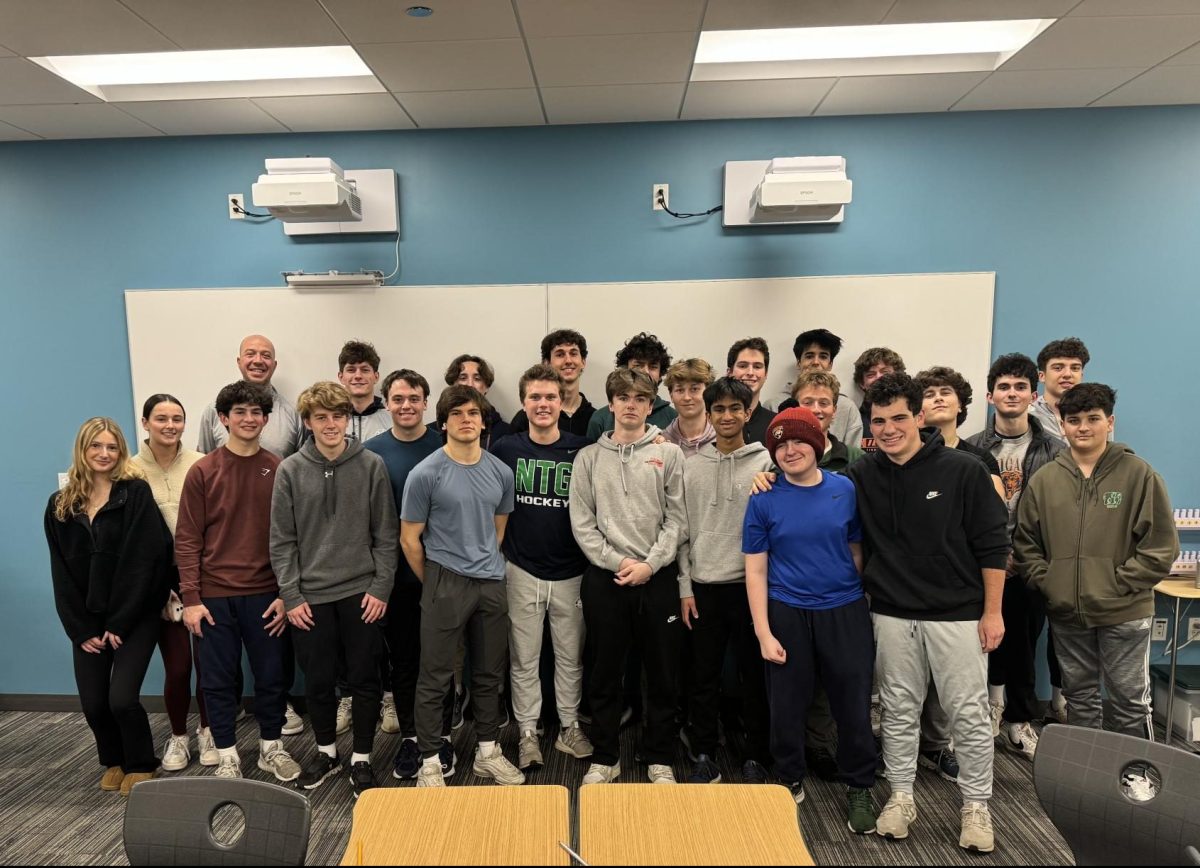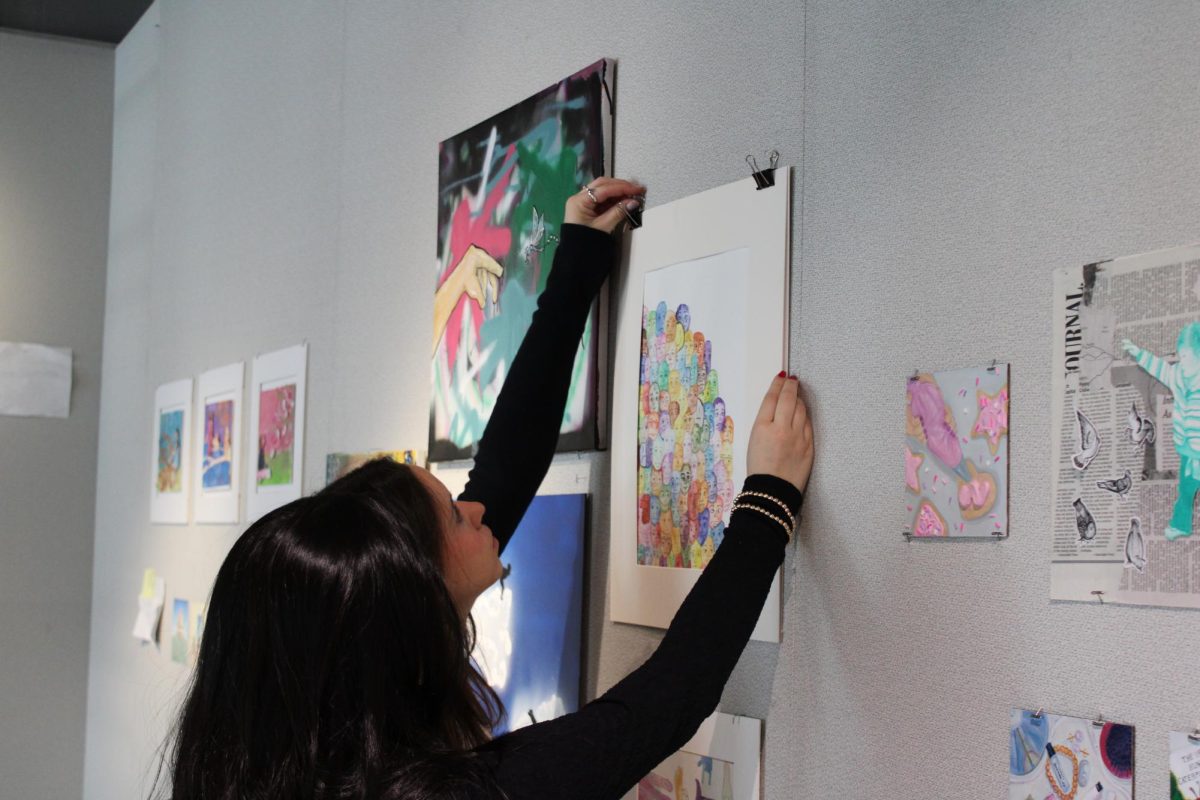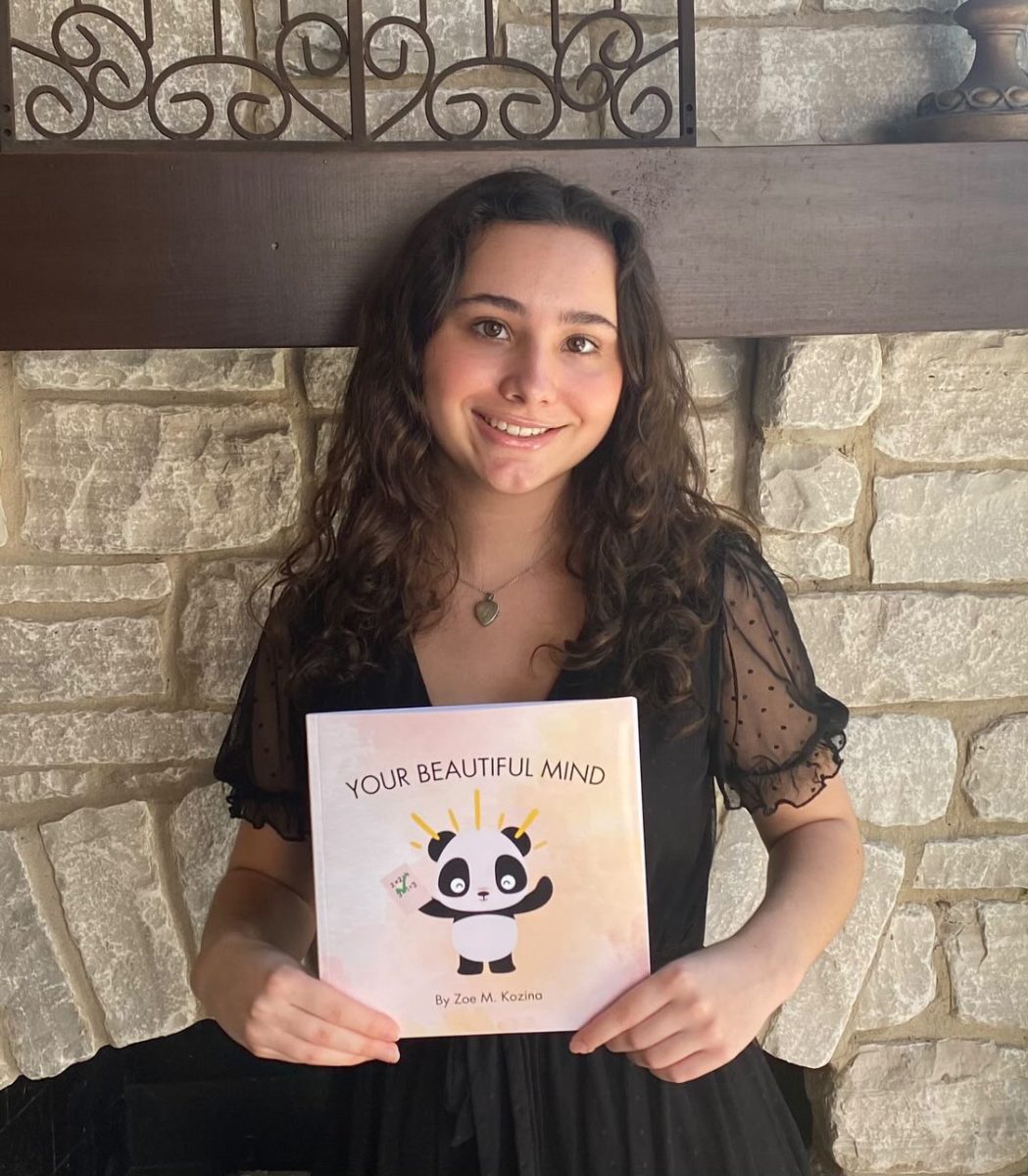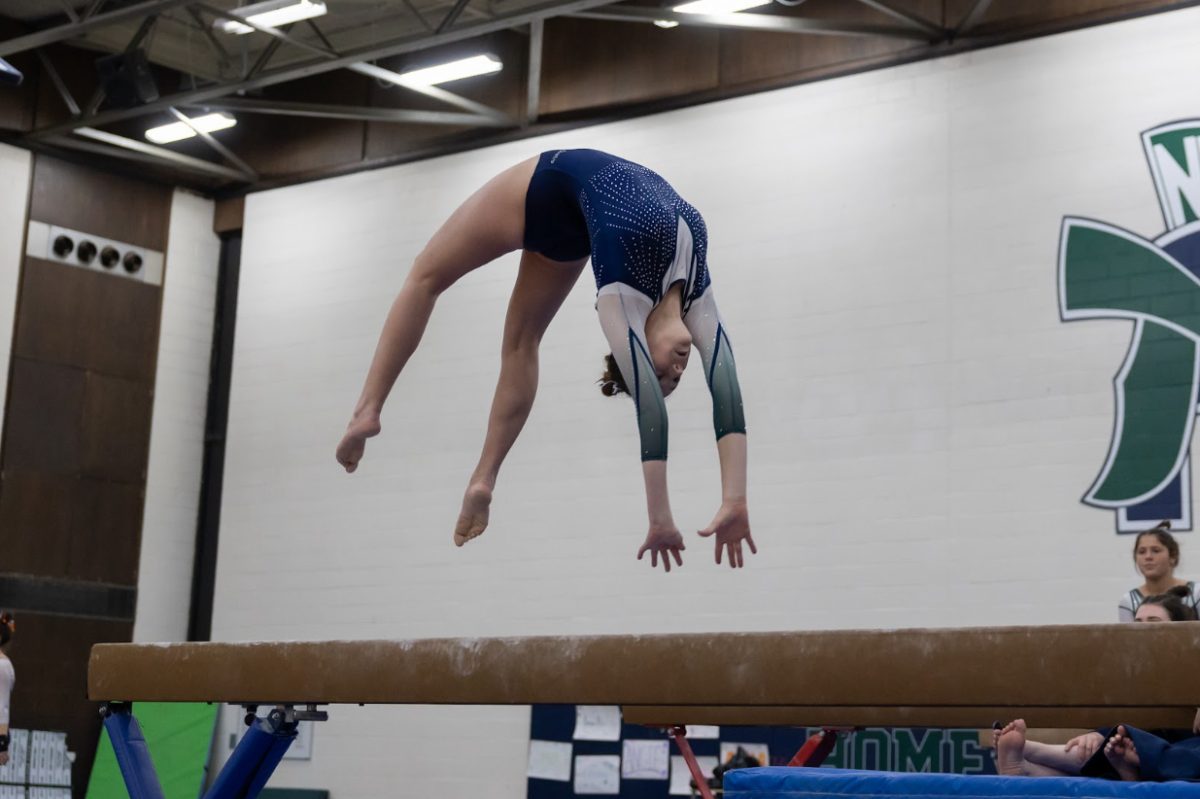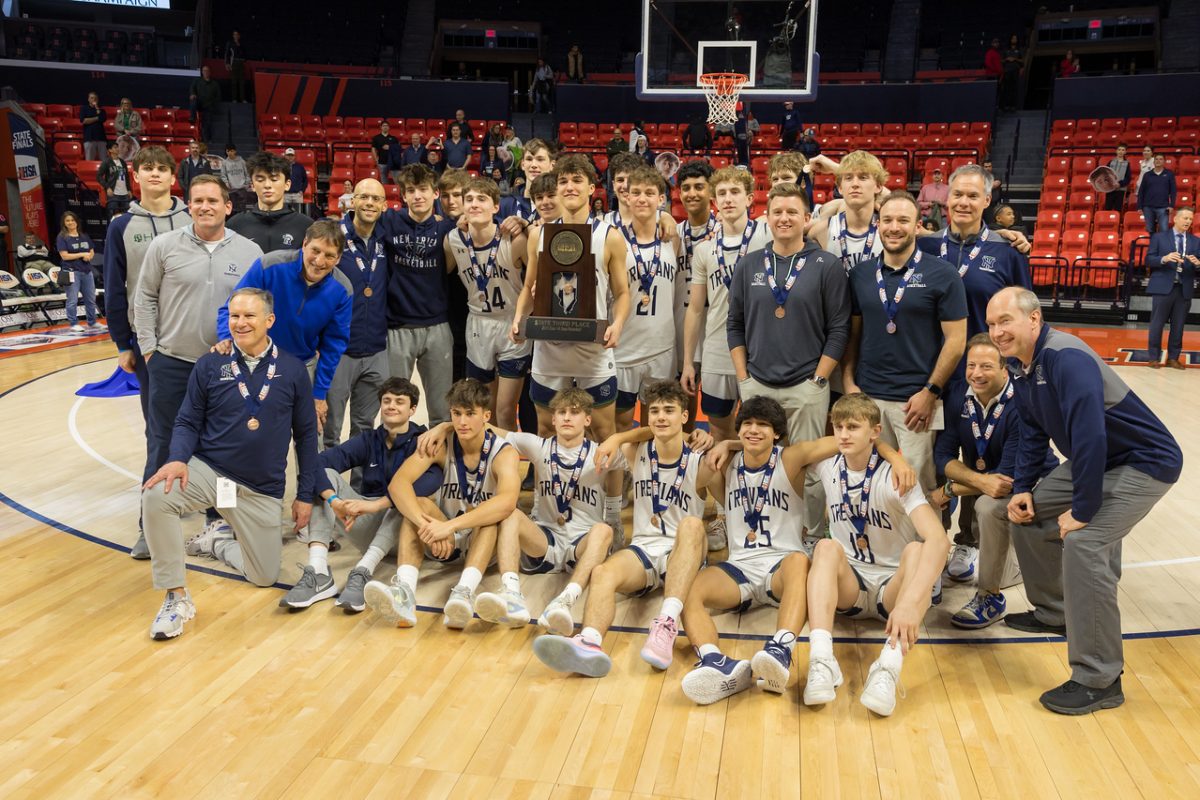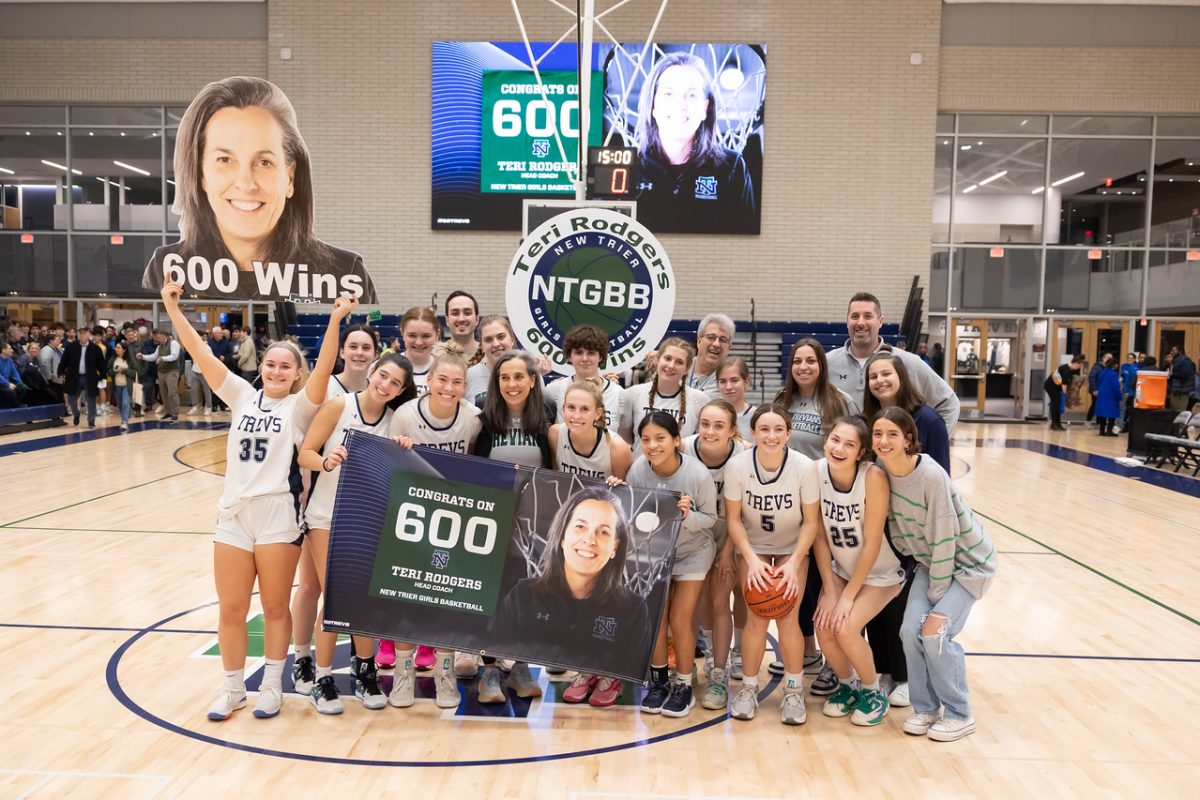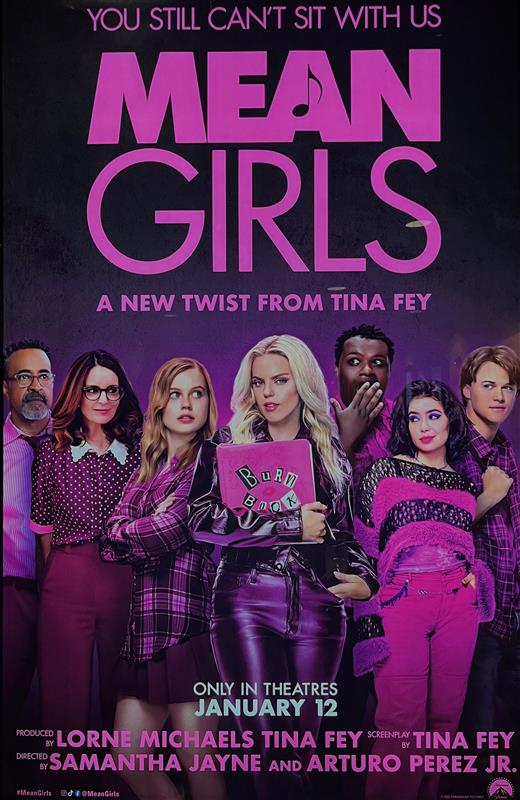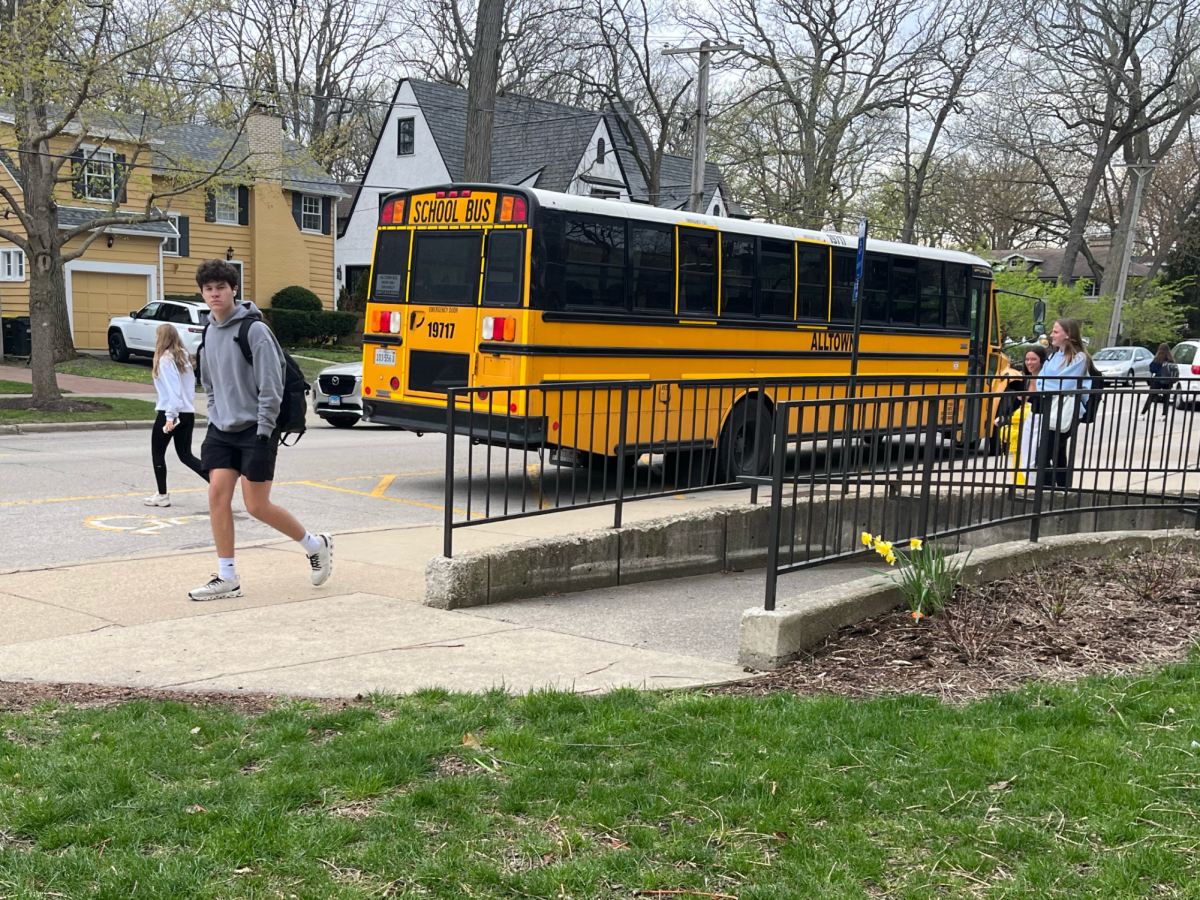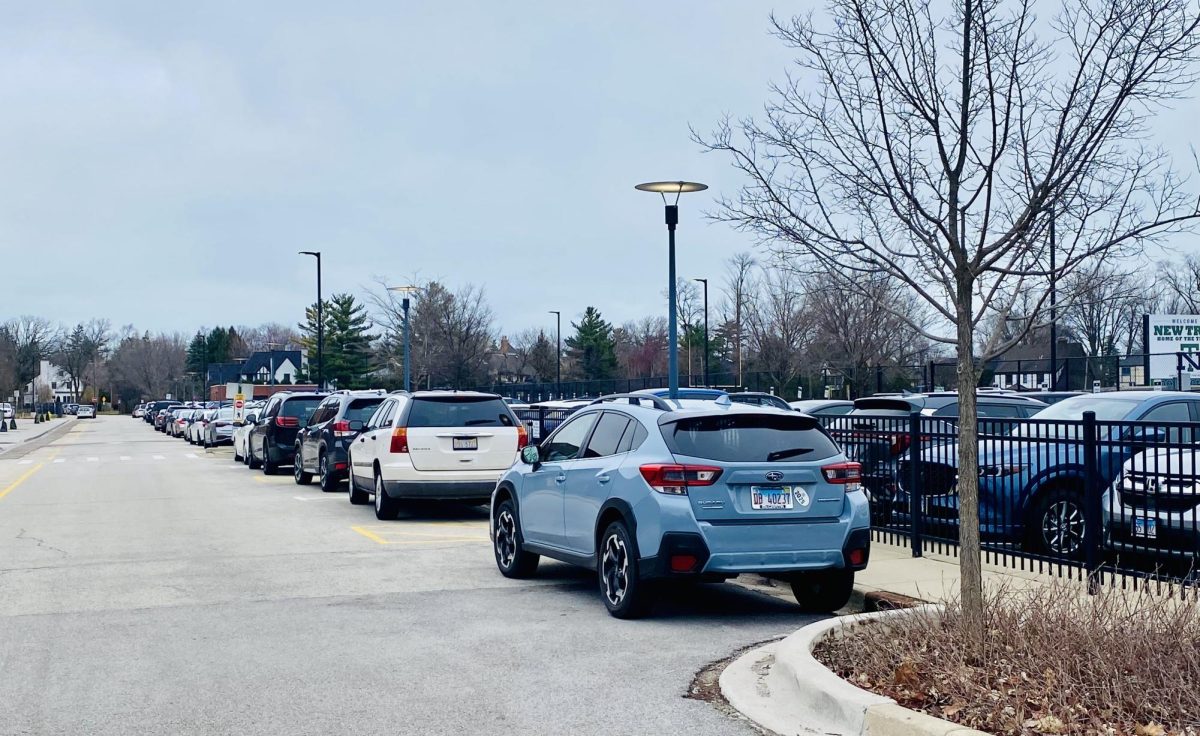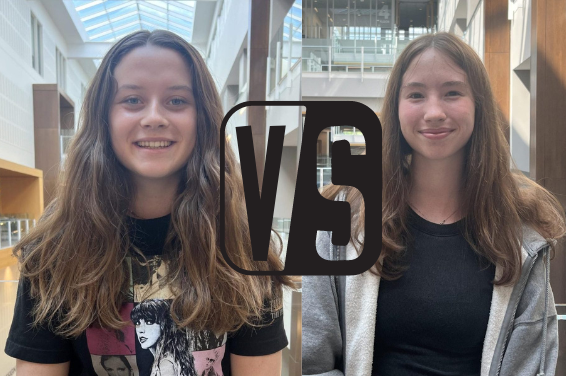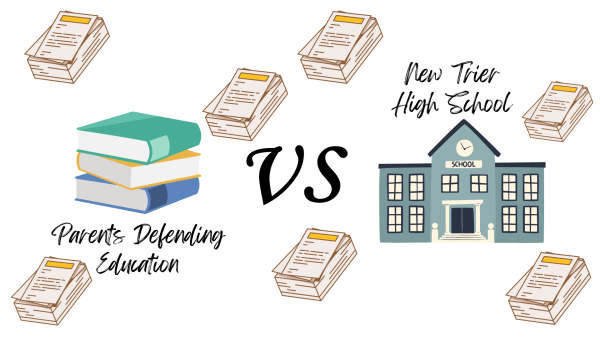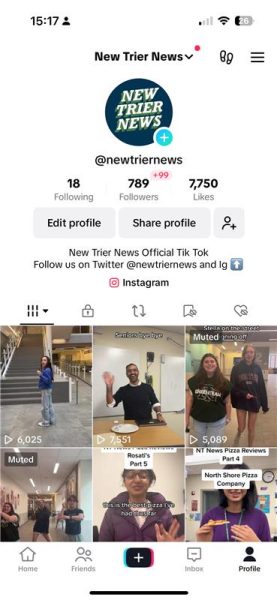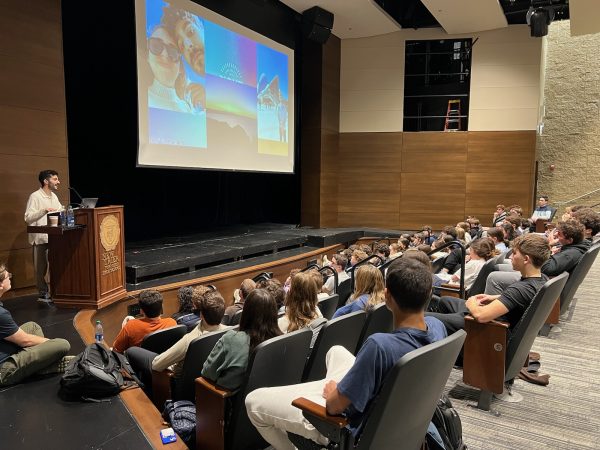Third incident of racist graffiti: what now?
Students and staff debate how to address hate speech at school
Amid a third reported incident of graffiti containing a racial slur, students and staff are calling for an increase in the conversation around hate speech among the student body.
The first reported incident of racist graffiti this school year occurred the week of Nov. 27 on the Northfield campus. The student responsible was quickly identified and disciplined.
Superintendent Paul Sally addressed the incident over the intercom during morning announcements a few weeks after, only for a second incident to follow, this time on the Winnetka campus.
A third reported incident begs the question of whether hate speech, including offensive graffiti, is on the rise this school year.
According to Assistant Superintendent for Student Services Timothy Hayes while the school documents every reported incident in the student management system, they are not specifically organized based on the nature of the incident.
Racially charged, or otherwise discriminatory, graffiti, harassment, and bullying are filed under their respective categories. Therefore administrators cannot use the system to determine a specific trend.
Both Sally and Hayes said they have not seen a dramatic increase in comparison to prior years.
“I haven’t seen any evidence that would indicate that there has been a dramatic increase in the number of incidents. I think what’s changed is conversation around what constitutes hate speech versus free speech,” said Hayes.
The vast majority of documented incidents regarding hate speech, filed under harassment and bullying, often take the more subtle form of microaggressions.
According to Sally, all incidents of public hate speech have been publicly addressed this year. Those involving individual students, such as harassment and microaggression, are handled privately between the students involved.
Senior Remi Schreder, co-head of African-American Club, shared her experience with such microaggressions in the classroom. She cited an experience in which a teacher read the word “n——” while reading a passage from a book, only for a student to follow suit.
“While the word was not necessarily being directed toward me, it still feels like an attack when I’m the only black person in the room. It also makes me feel inferior and uncomfortable, especially when I can feel everyone in the class staring at me after the word has been said,” she said.
Along with all other students interviewed, Schreder said that while she had not personally seen any racially charged or otherwise offensive graffiti, she is unsettled hearing that fellow members of African-American Club have.
“When I hear of these incidents it makes me feel scared for my safety at school, especially since I have no idea who could have written the word or how many other students are thinking the same thing—that I am nothing more than an ‘n-word’,” she said.
With the discontinuation of Seminar Day, students who already felt frustrated with the administration’s response to the underlying problems of intolerance at school are concerned that the school is only taking a step back.
Given that seminar day was essentially the one day out of the school year dedicated to vital discussions around racism and discrimination, many students feel that the administration is not actively encouraging change.
“Before, we only had one day to talk about these very important and real-life topics, but now we don’t even have that,” said member of Student Voices in Equity, senior Jose Chavez.
Administrators agree that, although it may result in unwanted reactions such as the subsequent graffiti incidents that occurred after the issue was addressed, conversation is essential.
“I would much rather talk about the issue and work towards-improving it rather than hope it goes away by ignoring it, only to have the problem persist’, explained Hayes.
In hopes of stimulating change, administrators are working together with student activities to meet with clubs and individual students to plan for more days and events dedicated entirely to discussing the experiences and challenges faced by students of color.
“The more that, as administrators, we understand the experiences of lots of different students and parents, the better we can administer the school by being able to create policies that have positive impacts on students and addressing issues of concerns,” said Hayes.
However, both students and staff agree that everyone needs to participate in initiating important conversations, regardless of whether or not special time is allotted for it.
“[Change] could take the shape of having more days like Seminar Day, or MLK day, or simply reading and discussing more literature from the perspective of a black person, or a latinx person. I think that it’s really important to have more race-related conversations in our classes because these are they places where the most learning and understanding can occur,” added Schreder.
Alessandra Dutra, a senior member of Student Voices in Equity added that students should also be willing to stand up for one another and address the problem head on.
“Call [others] out if they’re using slurs,” she said. “Whether they’re your friend or a random person, if you’re standing by and letting it happen then it’s just as bad as saying the words yourself.”

